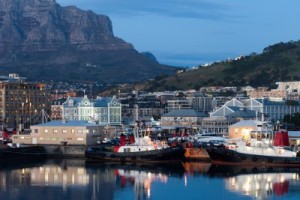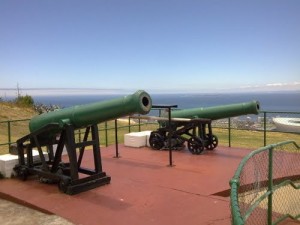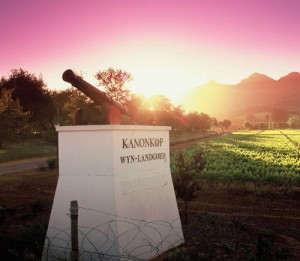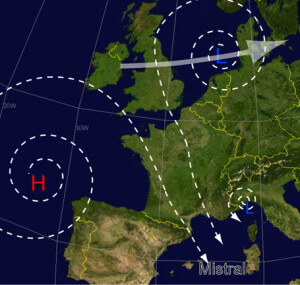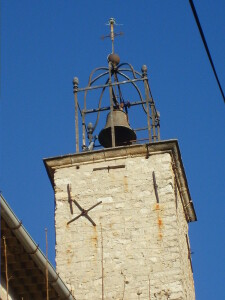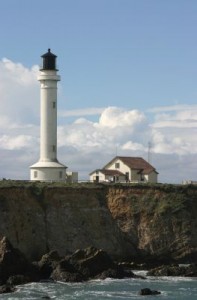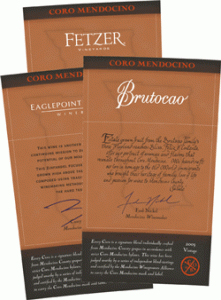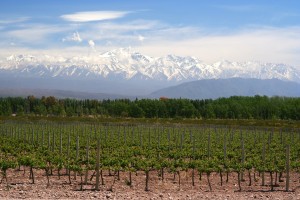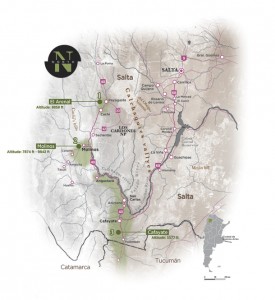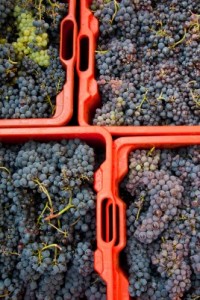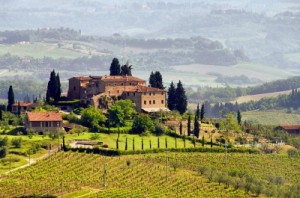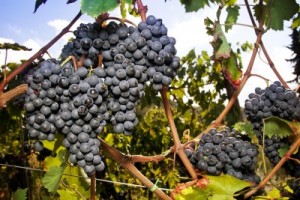If you ever visit the wine regions of South Africa, and find yourself wandering around Cape Town at lunch time, be warned: a cannon is about to go off! There’s no need to worry, but if you aren’t expecting the resounding boom, the sound of the Noon Gun may have you running for cover.
The Noon Gun has been fired in Cape Town at noon, every day except Sunday, since 1806. The gun – two cannons, actually – is located just outside of the center of the city on Signal Hill. Signal guns have been a part of Cape Town since the Dutch settled here in 1652, and the two cannons on Signal Hill were part of the original artillery stashed at the Imhoff Battery at the Castle in Cape Town. In 1806, the two cannons were removed from the Battery and placed in town for use as signal guns. After the loud retort from the cannons unnerved a few too many citizens, the cannons were move to Signal Hill, where they still stand.
The original signal cannons of Cape Town, 18-pounder, smoothbore muzzle-loaders, are still in use today. The ritual represents one of Cape Town’s oldest living traditions. They fire every day at 12 noon sharp, except Sundays and public holidays, and are maintained by the South African Navy. On Friday January 7, 2005, both the main gun and backup gun failed to fire owing to a technical difficulty. This was the first time in 200 years that the noon gun had not fired as scheduled.
The Noon gun was used as a time signal for the sailing ships in the harbor, to allow them to calibrate their navigational instruments and accurately calculate their location. However, their original use as a “signal gun” is much more interesting.
In the 1800’s, Cape Town was known as “The Tavern of the Seas,” as one of its main commercial functions was the provisioning of vessels making the long trip from Europe to India and the rest of the East. As the ships approached, the cannons atop signal hill were fired to let the farmers and the merchants know that provisions were needed. A series of cannons, all set on hilltops, would relay the message far inland.
One such cannon was located on a farm called Kanonkop, Afrikaans for “Cannon Hill.” Kanonkop, located in the “red wine bowl” of Stellenbosch, is now a well-known, fourth generation family wine estate producing highly regarded red and rosé wines. The vineyards at Kanonkop are heavily planted to Pinotage, Cabernet Sauvignon, Merlot, and Cabernet Franc.
The top-flight wine at the Kanonkop Wine Estate, Paul Sauer, is a Meritage blend named for one of the original owners. Their widely distributed Cape Blend, Kanonkop Kadette, is produced as both a medium-bodied, crisp red wine and a dry, lively rosé.
The term Cape Blend can be used to denote any red wine produced in the Cape Winelands made with a minimum of 20% Pinotage, South Africa’s “native home” vinifera variety. However, many winemakers think that Pinotage should a larger part of the blend, in homage to the unique characteristics of the region and the grape. Kanonkop’s Kadette is 57% Pinotage, while the rosé version is 100% Pinotage.
For more information on Cape Blends: http://www.capeblend.co.za/news.aspx
